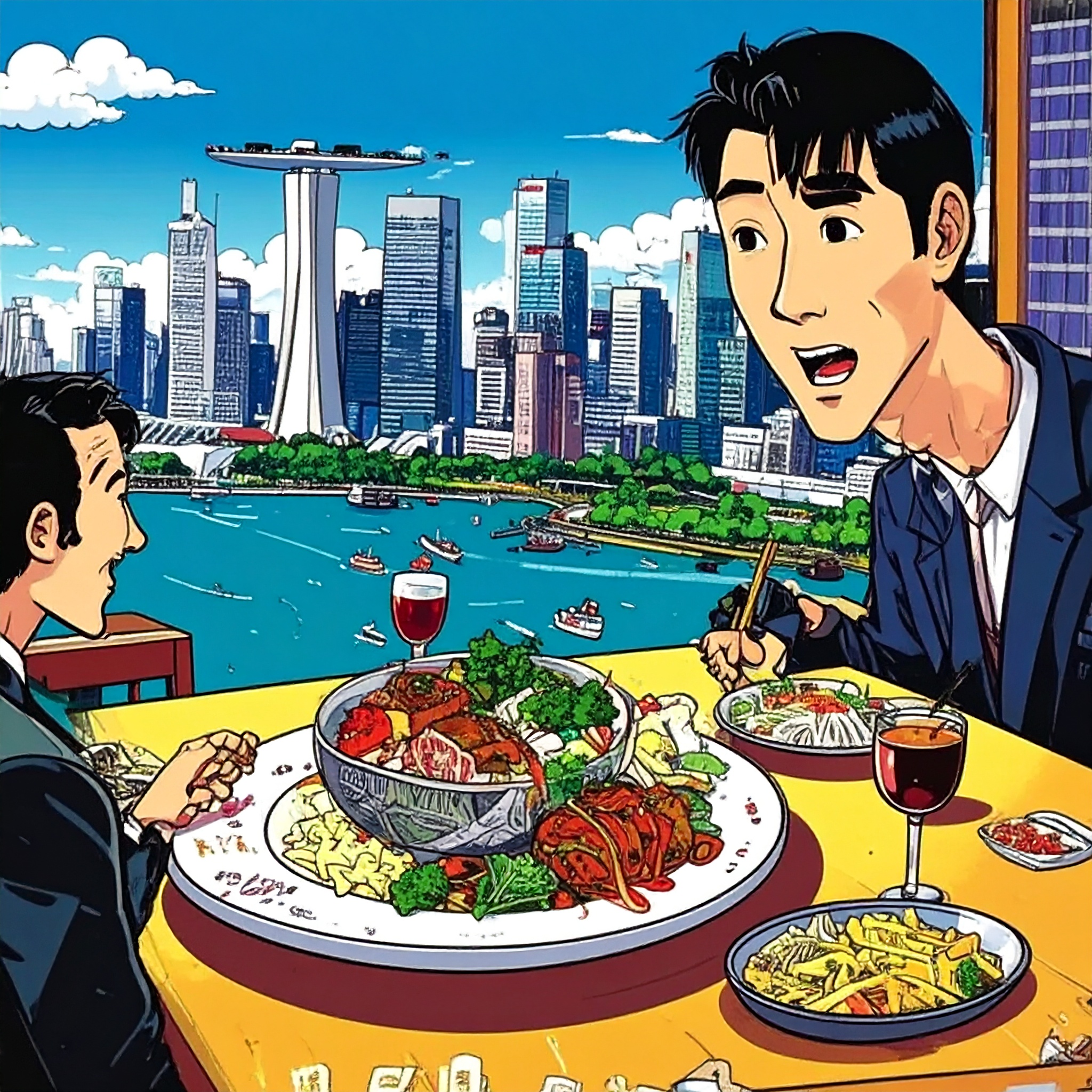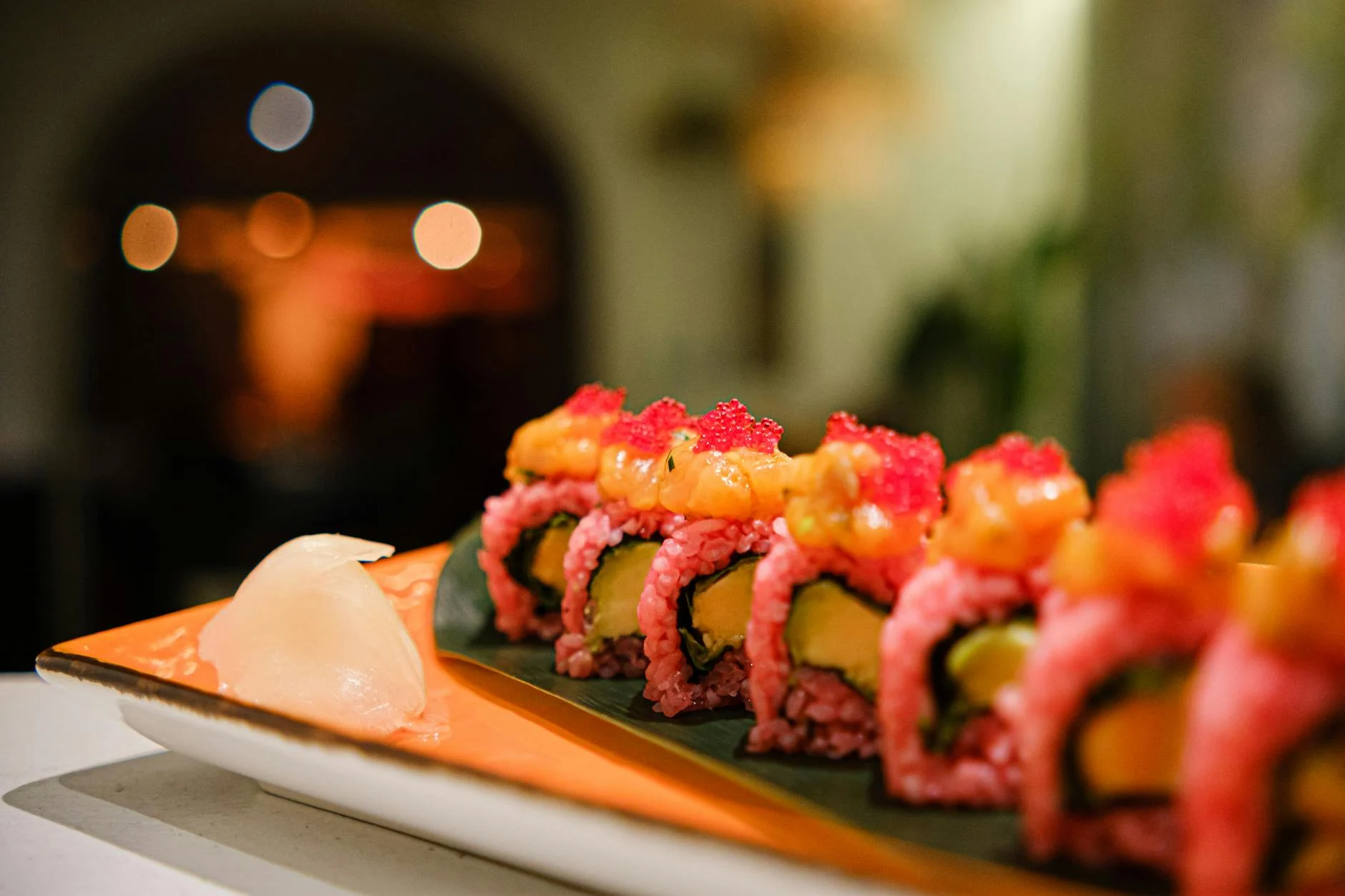“In Tokyo, I can order without checking the prices — and I’m never surprised by the bill.”
So says a Singapore-based investor who visits Tokyo frequently for business. Each time, he’s reminded of the striking difference in dining costs.
Even when compared to major cities across Southeast Asia and the West, Tokyo stands out for its exceptional combination of low dining costs and remarkably high satisfaction.
In this article, we explore the comparative dining economics of Singapore vs. Tokyo, revealing why Japan remains one of the most refined yet value-driven food cultures in the world.
■ Price Comparison: Same Experience, Different Cost
| Meal Type | Singapore (per person) | Tokyo (per person) |
|---|---|---|
| Casual lunch (e.g. pasta, café) | ¥2,500–¥3,500 | ¥1,000–¥1,500 |
| Japanese cuisine (sushi, udon) | ¥3,000–¥4,500 | ¥800–¥2,000 |
| Family-style restaurant | ¥4,000+ | ¥1,200–¥1,800 |
| Fine dining (wagyu, kaiseki) | ¥15,000–¥30,000 | ¥8,000–¥15,000 |
→ While dining out five times a week in Singapore can easily total ¥120,000–¥150,000 per month, Tokyo offers the rare luxury of dining out every single day — comfortably within a ¥100,000 budget.

■ Why Is Japan’s Dining Value So Exceptional?
1. Abundant, High-Quality Local Ingredients
→ Japan benefits from rich domestic availability of premium staples — including rice, seafood, vegetables, and fermented condiments. This local sourcing model significantly reduces transport and preservation costs, while preserving freshness and quality.
2. Craftsmanship Without Premium Pricing
→ Even at modest price points, meals often reflect extraordinary levels of technique and attention to detail, especially in owner-operated establishments.
3. A Deeply Mature, Competitive Dining Market
→ From fine dining to set meals, global chains to independent eateries, Tokyo’s culinary landscape is vast and refined.
■ Daily Dining as a Foundation of Lifestyle Satisfaction
One consistent observation among global high-net-worth individuals living in or visiting Japan is this: “there’s never a concern about access to good food.”
-
Lunch: Nutritious, well-balanced meals under ¥1,000 — even in business districts
-
Dinner: A vast range of restaurants suitable for both formal entertaining and casual family outings
-
Late-night: 24-hour soba and ramen shops that uphold quality at all hours
-
Family-friendly: Widespread availability of baby chairs, allergy-conscious menus, and hospitality geared toward parents
→In Japan, dining isn’t just a cost — it’s an infrastructure that profoundly reduces life’s friction, supporting well-being and efficiency. And this culinary infrastructure operates at a standard that far exceeds its price point, seamlessly woven into daily life.

■ Real Impressions: Global Residents Surprised by Japan’s Dining Affordability
Thai Family (Relocated to Tokyo for Education):
“A bento for ¥400, lunch for ¥800 — and the satisfaction is incredible. We’ve stopped worrying about food expenses altogether.”
Hong Kong Entrepreneur (Frequent Business Traveler):
“In Singapore, everything feels overpriced. In Tokyo, whether high-end or casual, the price always matches the quality — and often exceeds it.”
Singaporean Physician (Long-Term Stay in Tokyo):
“Weekend sushi with the family in Ginza — and it felt like I was paying a fraction of what I used to back home.”
■ Japan: Where the Invisible Stress of Dining Disappears
In Japan, dining out is not a luxury — it is a life infrastructure that nurtures both lifestyle and peace of mind.
And that infrastructure is:
-
Affordable
-
Exceptional in quality
-
Safe and hygienic
-
Ubiquitously available
For global citizens who have experienced the world’s major cities, this represents a deeply enviable standard of living — one where daily dining becomes an effortless, enjoyable extension of well-being.




